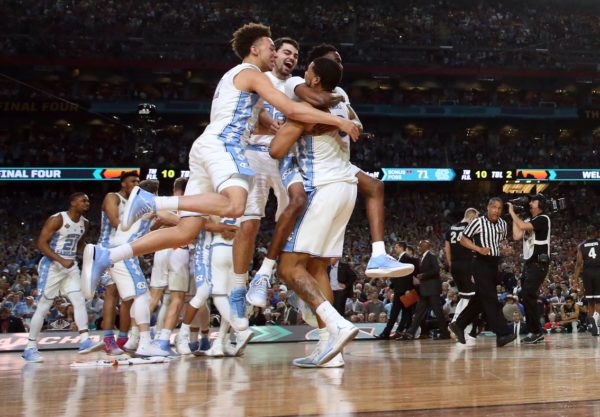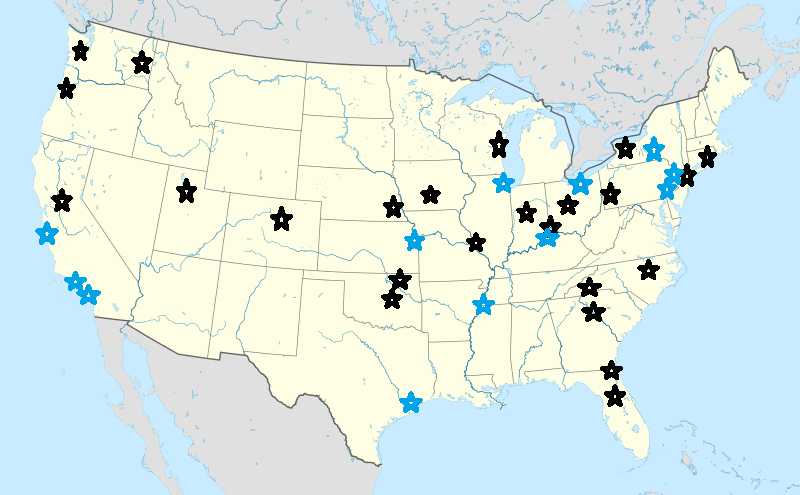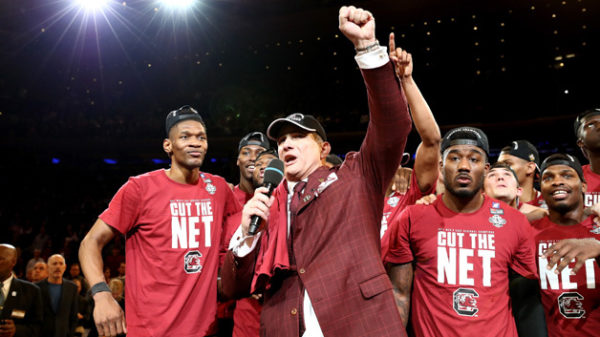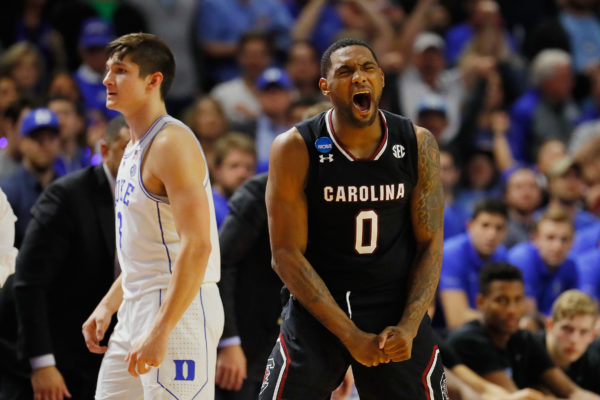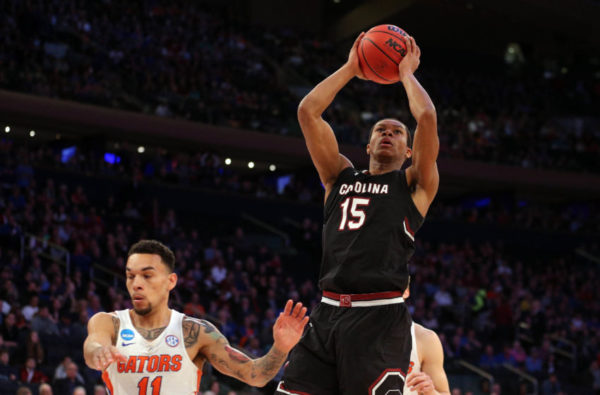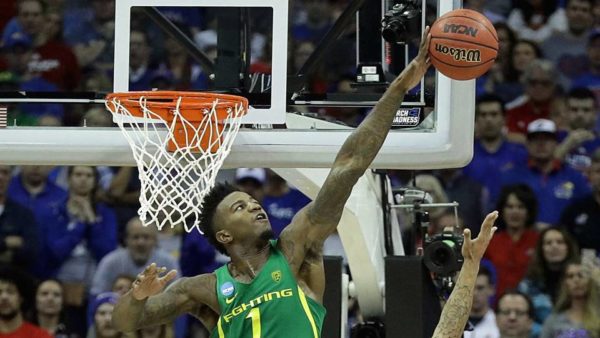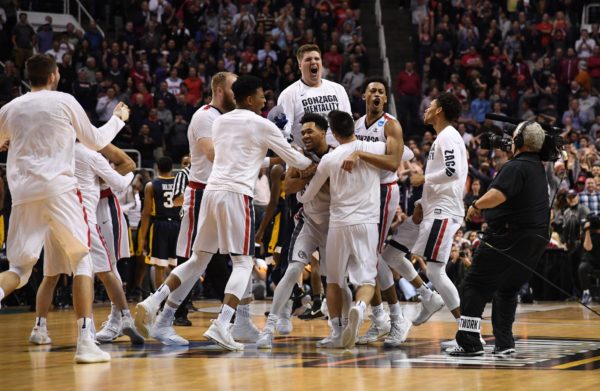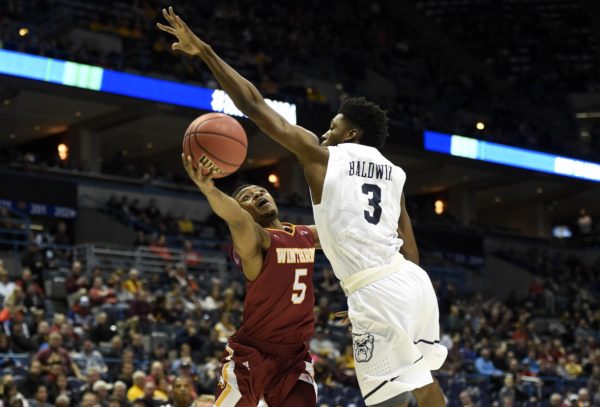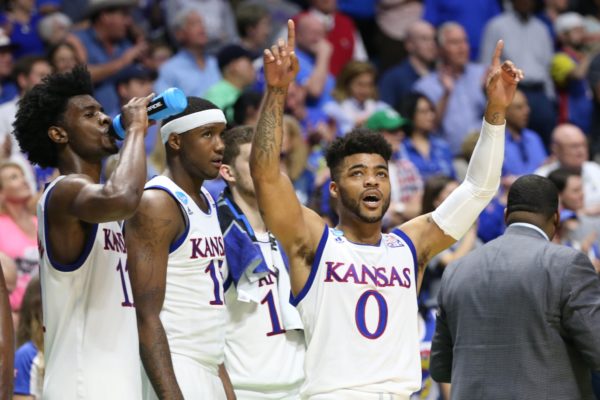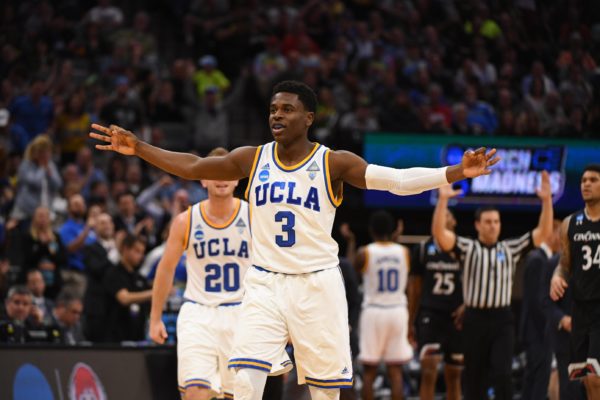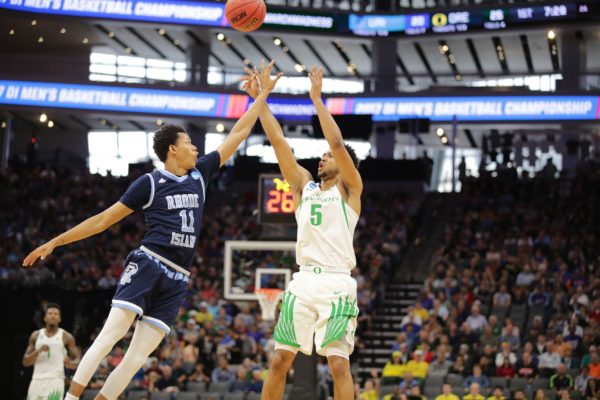Rushed Reactions: #1 North Carolina 71, #1 Gonzaga 65
Posted by rtmsf on April 4th, 2017RTC is providing coverage from start to finish of the NCAA Tournament, including this weekend’s Final Four in Phoenix.
- North Carolina Won the Game in the First Half. A Gonzaga fan might argue that is when the Zags lost it. Irrespective of which team is responsible for what, though, the crucial stretch of the game occurred near the end of the first half. The Zags had opened up a seven-point lead on a Josh Perkins three — his third of the half — when Tony Bradley missed a subsequent shot on the other end. An offensive rebound by Justin Jackson led to a foul on Zach Collins — his second — and that’s when the Tar Heels began to make their move. Just like against Oregon on Saturday, North Carolina closed the gap to only three points by halftime, and then bridged the intermission with a run to take a quick second half lead. By the time the 19-7 run was over, Collins had committed his third foul and the Zags seemed completely out of sorts. The game was mostly back and forth for the remainder of the half, but the prevailing sentiment was that a close game down the stretch would ultimately turn toward the Tar Heels. And that’s exactly what happened. North Carolina made a habit of closing strong in the year’s NCAA Tournament, and another late run — this time 8-0 over the last 1:53 — finished off the game and the Tar Heel’s sixth National Championship.
- Again, Survive. North Carolina certainly showed its moxie in repeatedly surviving and advancing throughout this year’s NCAA Tournament. First, the 12-0 run that vanquished Arkansas in the Round of 32. Survive. Next, another 12-0 run, followed by a wild Kentucky answer to tie the game but was subsequently rendered moot by Luke Maye’s Elite Eight dagger. Advance. Then there was the wild sequence of missed free throws and offensive rebounds that eliminated Oregon. Again, survive. And tonight’s whatever-that-was kind of game, which ultimately was the sort of slugfest that softer teams than these Tar Heels typically lose. After six wins, there’s no further advancement available other than to fly back to Chapel Hill and put some more hardware in an already overflowing trophy case. Survive and advance.
- Ugly, Ugly, Ugly. It’s unfortunate that one of the top storylines exiting a National Championship game is just how poorly both teams played. The officiating was also once again an issue, with multiple missed calls and a surplus of fouls (44) whistled, grinding the game to an ugly halt (27 in the second half). Still, much of the visual pain came from the teams’ non-championship caliber product on the floor. The Zags shot 33.9 percent from the floor; the Heels 35.6 percent; and despite all the fouling, both teams combined to leave 20 points at the free throw line. Gonzaga’s usually sure-handed offense — ranking among the top 40 nationally in turnover percentage — gave the ball away 14 times, several of which were completely unforced. Perhaps the most fitting bookends to a second half as ugly as tonight was that North Carolina both started and ended the half with a breakaway bucket coming from a Gonzaga turnover. North Carolina proved to be the better team and their fans partying on Franklin Street certainly don’t care how they got there, but it wasn’t a virtuoso performance by either team befitting a title bout.
- Roy Williams’ Legacy. When North Carolina gave Matt Doherty the boot in 2003 after three shaky seasons, the school’s hope was that prodigal son Roy Williams would return to Chapel Hill and rebuild the legacy of the proud program — Dean Smith’s program. It’s safe to say that the 66-year old has exceeded all expectations. With his third National Championship in the last 14 seasons, he has not only doubled the total number of titles residing in Chapel Hill, but he has also exceeded the total of his mentor and all-around deity in the Tar Heel State, Coach Smith (two). Just like his former boss, there was a time when Williams “couldn’t win the big one.” From 1989-2003, Williams’ Kansas teams were always very good — going to the Final Four on four separate occasions but failing each time to bring the hardware back to Lawrence. My, how things have certainly changed. With his third title tonight, Williams has joined a group of only five other coaches — John Wooden (10), Mike Krzyzewski (5), Adolph Rupp (4), Jim Calhoun (3), and Bobby Knight (3) — at the top of the coaching heap. Furthermore, he has the strongest resume of any coach of the last 15 years — Coach K included — and he has done so on the backs of players who are not considered talented enough to become one-and-done material. His energy and fire suggests that he’s not done yet, either.
- Gonzaga’s Legacy. Duke lost its first four National Championship games before finally breaking through in 1991. Georgetown lost its first two before getting it done in 1984. North Carolina’s own Dean Smith lost his first three title bouts before Michael Jordan’s jumper dropped through the net in 1982. The point here is that a number of the titans in our sport have had to wait their turns before they captured the brass ring. Gonzaga’s Mark Few is 54 years old and has given no indication that he wants to coach anywhere else. He has made the NCAA Tournament in all 18 years of his career, and there’s no reason to believe that will change anytime soon. Gonzaga will carry a heavy heart for some time over its numerous missed chances tonight, but the Zags are a powerful high-major level program that can recruit and play with anybody. It’s completely reasonable to expect that Few’s team will be back on the Monday night stage sooner than later. For this kind of program, that should be our expectation. It certainly is theirs.
Star of the Game. Joel Berry III, North Carolina. No player on either side had impressive numbers tonight, but it was the timeliness of Joel Berry III’s work on Monday night that was the difference between championship and runner-up. His 22 points and six assists were inefficient (7-of-19 FG; 4-of-13 3FG), but his four long-range bombs represented the only makes on the North Carolina side (4-of-27 3FG) during a very rough shooting night for everyone. Most importantly, three of the four came at key points of the game when his team seemed to just need something to drop through the hoop — after getting down seven points in the first half; to regain the lead after Gonzaga had recovered from its rough second half opening; and again to regain the lead when it appeared the Zags were surging with four minutes remaining. As the junior point guard shared afterward: “Some of them were short, but the ones that we needed went in.”





























